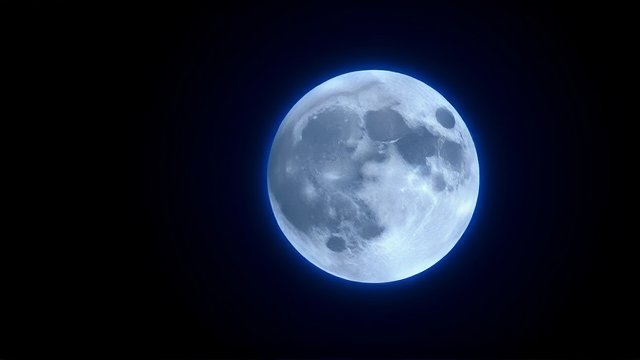Moon Phase for October 9, 2025
The Waning Gibbous Moon presiding over October 9, 2025, offers more than just a celestial light show; it marks a critical inflection point in the lunar cycle, a period of cosmic decompression following the intense, gravitational theatrics of Monday's full supermoon. For the casual observer, it's a moon that appears to be slowly exhaling, its illuminated face diminishing from our earthly vantage point as the sun's angle shifts, but for those of us captivated by orbital mechanics, this phase represents a fundamental dance of celestial bodies governed by immutable physics.The transition from the overwhelming brilliance of the full moon, which just days ago would have appeared larger and brighter due to its proximity at perigee, to this more nuanced, receding gibbous disc is a process steeped in both astronomical predictability and profound metaphorical weight. Historically, cultures across the globe have interpreted the waning gibbous not as a loss, but as a time for harvest, gratitude, and release—a concept that finds a strange parallel in modern space exploration, where the moon's changing face dictates launch windows and gravitational assists for probes heading deeper into the solar system.Consider the Apollo missions; their trajectories were calculated with the moon's position and phase as a core variable, a testament to how this seemingly gentle dimming is part of a grander, clockwork system. The phase itself is defined by the moon moving in its orbit away from the opposition with the sun, with the illuminated portion dropping from over 99% at the peak full moon to just 50% at the Third Quarter, a journey that takes approximately a week and during which the moon rises later each night, gradually ceding the evening sky to the stars.This period is crucial for astronomers, as the decreasing glare allows for clearer observation of fainter deep-sky objects, and for nascent lunar industries, it could one day influence the efficiency of solar power collection on the moon's surface. The rhythm of the waning gibbous is a universal constant, a silent metronome that has ticked through the rise and fall of civilizations, and observing it on this specific date connects us to that endless cycle, a reminder that even in an age of artificial intelligence and interplanetary ambition, we remain tethered to the fundamental gravitational poetry of our Earth-Moon system.
Latest News
In a development that feels as monumental as the first time humanity grasped the orbital mechanics that would one day take us to Mars, a cadre of international
5 hours ago0 comments
In the grand, unfolding narrative of Africa's energy future, a quiet but profound struggle is taking place, one that pits the seductive allure of quick-fix
6 hours ago3 comments
The persistent longevity gap between the sexes, a phenomenon observed not just in our own species but across a remarkable spectrum of mammalian life, from the
8 hours ago3 comments
The skies above Hong Kong performed a spectacular act of atmospheric theater earlier this month, presenting residents of Tsing Yi with a vision so ethereal it
13 hours ago5 comments
In a landmark study emerging from Spain, a nuanced and more intelligent iteration of the celebrated Mediterranean diet has demonstrated a staggering 31%
14 hours ago5 comments
It’s a quiet truth, one that emerges not in the stark light of a clinic but in the whispered confessions of daily life: the weight of depression isn't a
14 hours ago3 comments
For decades, the very first moment of photosynthesis—the miraculous process that powers nearly all life on Earth—has held a secret, a fundamental asymmetry
14 hours ago3 comments
The very ground beneath California, long accepted as a precarious but predictable neighbor, is now revealing a more volatile and terrifying personality.
15 hours ago4 comments
It’s quiet here...Start the conversation by leaving the first comment.
